Stem Cells
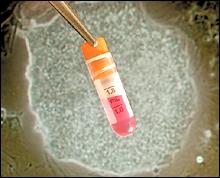 |
An ampoule for stem-cell storage displayed at the US Stem Cell Bank north of London. (Peter MacDiarmid/Reuters) |
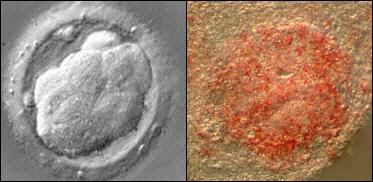 |
Picture from Sydney IVF clinic shows a human embryo (left) and the stem cells grown from it (right). (AFP/Sydney IVF Clinic/File) |
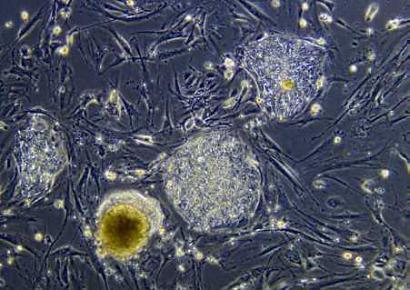 |
South Korean and U.S. researchers said on February 12, 2004 that they had cloned a human embryo and extracted from it sought-after cells called embryonic stem cells. The experiment, the first published report of cloned human stem cells, means so-called therapeutic cloning is no longer a theory but a reality. Supporters of medical cloning say it can transform medicine, offering tailored and highly effective treatments for diseases ranging from Parkinson's to diabetes. They say it could eventually lead to grow-your-own organ transplants. A microscopic 10x view of a colony of undifferentiated human embryonic stems cells are seen in this undated file photo. |
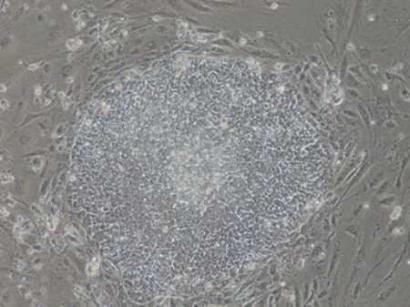 |
This undated microscopic photograph shows established human embryonic stem cells by somatic cell nuclear transfer during the experiment in Seoul. (Reuters - Handout) |
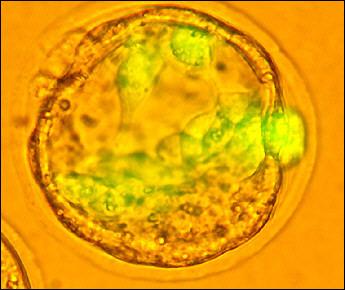 |
Human embryonic stem cells illuminated by green fluorescent proteins. (AFP/Maria Biotech-HO/File) |
